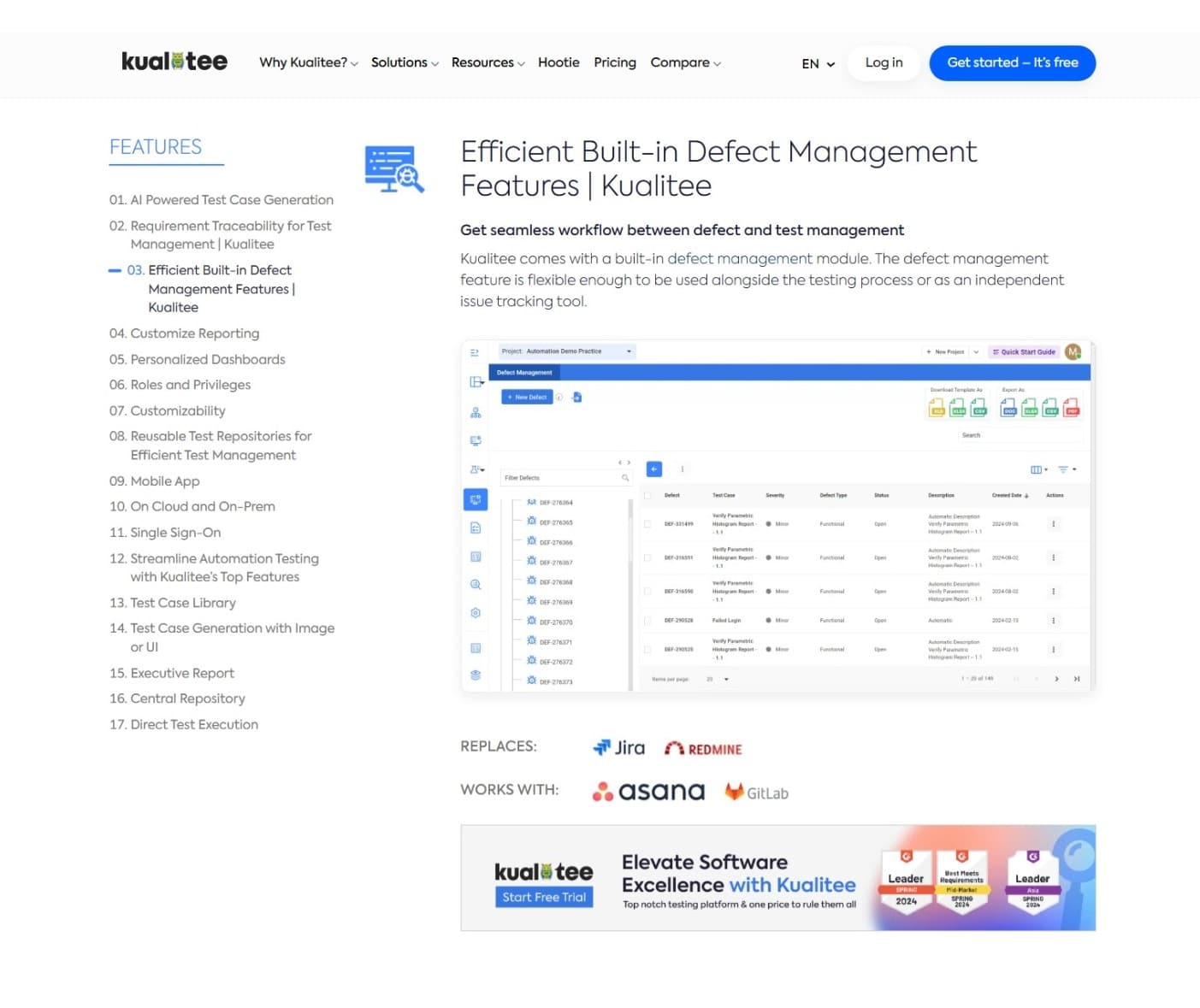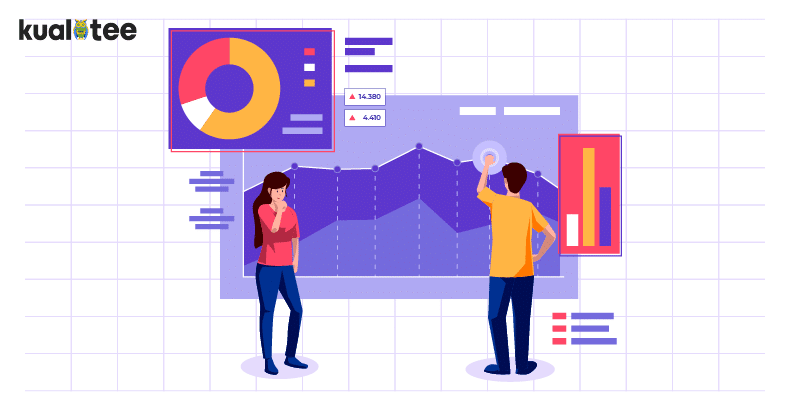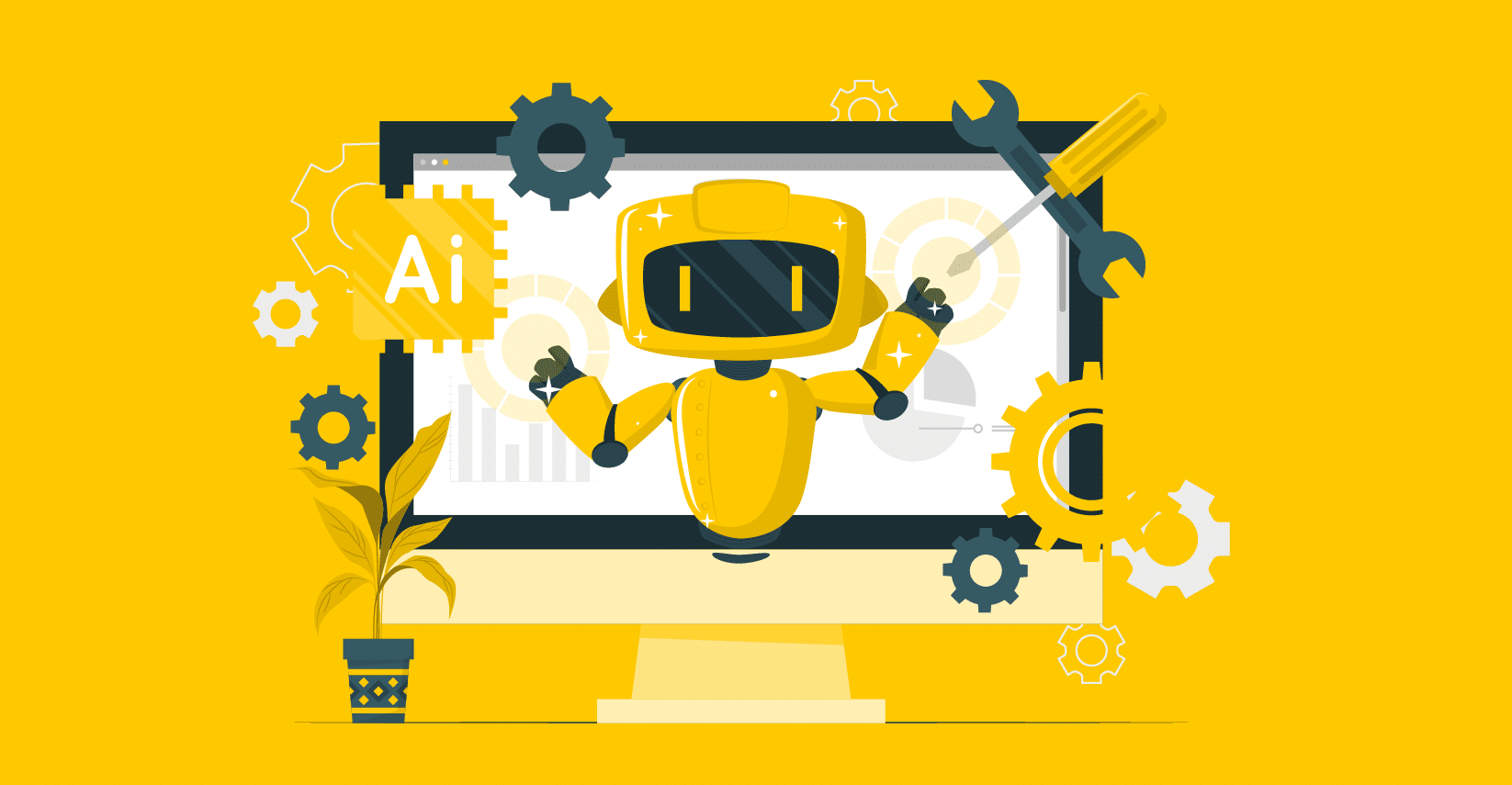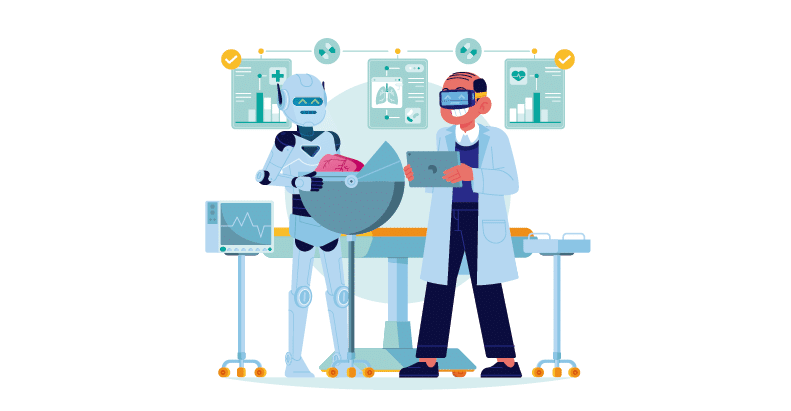AI has made so many things easier and more accurate in the world of software testing. One of these things is defect reporting.
It’s no secret that, traditionally, reporting defects has demanded insane human judgment and good communication. As well as organized record-keeping. The issue here is that even the most experienced QA professionals can struggle with subjectivity. They can miss details and overlook the sheer volume of data that’s produced in modern development cycles.
This is where AI-based defect reporting comes in handy. It’s an innovation so good that it’s completely changed how we discover and prioritize defects within a test management tool.
Stay with us as we explore the main reasons why AI-powered defect reporting yields greater accuracy and overall quality in software projects.
The Challenges with Traditional Defect Reporting
Before diving into what makes AI defect tracking superior, it’s important to recognize the common pain points in the manual approach. The following are some of them.
- Inconsistency in Defect Categorization: Different testers may report the same defect in different ways. This can lead to inconsistent records. Which might hinder analysis and resolution.
- Subjectivity & Human Error: Personal bias can’t be avoided. On top of that, oversight or fatigue can make matters worse. These things can lead to inaccurate defect descriptions. Prioritization might not be done right, and bugs might be missed.
- Data Overload: The volume of logs, screenshots, metrics, and other things can increase massively as projects scale. They might become too much for human capacity, leading to delayed processes.
- Communication Gaps: Manual defect reports can be poorly written or incomplete. This leads to delays and misunderstandings. Not to mention the ineffective resolution across distributed teams.
While legacy QA testing tools offer templates and workflows to streamline reporting. They can’t entirely eliminate these pitfalls. Hence, integrating AI capability into your quality assurance software becomes a game-changer.
How Does AI-Driven Reporting Boost Accuracy
There isn’t one thing that AI does to boost accuracy in defect reporting. Multiple things are taken care of for better results. The following are some of the main ones.
1. Intelligent Data Extraction
The AI that’s embedded in top test management tools now automates the extraction and summarization of relevant data. Logs, screenshots, and user actions are some of the places where this data is taken from.
So, instead of relying only on a human tester’s memory or attention to detail, AI parses trace files. It recognizes UI changes and even detects issues in behaviour logs.
All this translates to more precise defect information. The automated data extraction ensures that the relevant technical details are always included. Information gaps and ambiguity are reduced.
And not just that, with AI, developers receive clearer evidence and context for each bug. Meaning that the debugging process is streamlined.
2. Standardization of Defect Description
One of the biggest challenges in manual defect reporting is the difference in how each QA tester describes bugs.
One might say that the full name field is broken because it cuts off input after 15 characters. While the other might say that the input field works correctly because it enforces a 15-character limit. But there’s no warning shown to the user.
So, it’s the same bug, but there are two conflicting views. One tester sees it as a broken feature, while the other sees it as a missing feature. This issue can be hashed out with AI-driven systems.
They guide testers and even auto-complete or suggest defect titles, steps, and expected outcomes based on previous records. This ensures that defects are described in a consistent and actionable way. Regardless of who reports them.
3. Predictive Categorization & Prioritization
Every defect has a different effect on the software. Some are mere cosmetic glitches, while others can bring your critical workflows to a halt. AI-powered QA testing tools can predict the severity and impact of reported defects. They do that by taking into consideration the previous similar cases and code dependencies.
What this does is it helps QA teams focus on bugs that matter most. The resource allocation is improved, and business operations aren’t halted.
Furthermore, objective, data-driven analysis is prioritized over subjective human judgment during triage. This way, bias is reduced.
4. Duplicate Detection & Intelligent Linking
Duplicate or redundant defects waste time. They muddy your test management dashboards.
Fortunately, modern AI models match new reports with existing ones. Even if the descriptions or language differ. If a defect is being duplicated, it’s not highlighted the second time. These models group, merge, and cross-link them to avoid any sort of confusion.
Due to this, QA leads and developers get clean, concise defect logs. The backlog management also becomes more efficient, and rework is reduced.
5. Continuous Insight Generation
Since data is continuously fed to the AI models, they keep improving. Quality assurance software that uses such models can move from reactive to proactive. They provide QA testers and developers with continuous insights on defects, trends, vulnerable spots, and common causes.
The best part? Such tools are able to give alerts for potential unseen risks or process gaps. So, you’ll be able to resolve issues even before they surface in front of the users.
All in all, QA leaders are getting regularly updated dashboards and data-driven results.
Integrating AI-Based Defect Reporting in Your Workflow
The thing is that adopting these benefits doesn’t mean you have to overhaul your QA process overnight. Here are some points that you should consider while going about it.
- Start with Augmentation, Not Replacement:
Initially, let AI assist human testers. Let it flag incomplete reports and suggest defect titles or categories. Bonus points if it can identify duplicate defects as well.
- Choose a Test/Defect Management Tool with Native AI Capabilities:
We recommend going for a platform that offers integrated AI features for defect reporting. Such as Kualitee. This makes adoption seamless and lowers the barrier to entry.
- Establish Feedback Loops:
Encourage testers and developers to review the AI-generated suggestions and prioritizations. They should offer corrections of they are needed. This iteration cycle makes everything even more accurate.
Why You Should Choose Kualitee for AI-Based Defect Reporting & Management
When thinking of the ideal solution for software quality assurance, it’s important to seek a platform that prioritizes these things: Innovation, security, and usability.
Kualitee stands out as a top-tier test management tool that also offers defect management and is trusted worldwide. It simplifies complex QA processes and offers many AI features.

With Kualitee, QA teams get:
- Comprehensive AI Integration: Defect detection, reporting, and classification are all automated using AI. Manual errors are reduced while reporting accuracy is maximized.
- User-Friendly Experience: The interface is clean and easy to use. Testers and developers of all skill levels can make use of AI functions. There isn’t much of a learning curve.
- Customizable Workflows: Kualitee’s features can be adapted to fit your organization’s QA needs. It’s the most flexible quality assurance tool in its class.
- Smooth Collaboration: Real-time personalized dashboards, notifications, along with integrations with CI/CD and project management tools, are all offered. The entire team can work in harmony.
- Secure and Scalable: Enterprise-grade data privacy and performance are offered. You can easily scale your QA operations as the user base grows.
Conclusion
We’ve established that AI-based defect reporting greatly improves software testing accuracy.
It does that by automating defect categorization and prioritization. Traditional challenges like human bias and data overload are eliminated by it. And the cherry on top is that it offers predictive insights and efficient backlog management.
A tool like Kualitee streamlines the transition from manual to automated defect reporting/management with its integrated AI capabilities. It helps ensure that QA processes remain effective and adaptive for everyone.


























